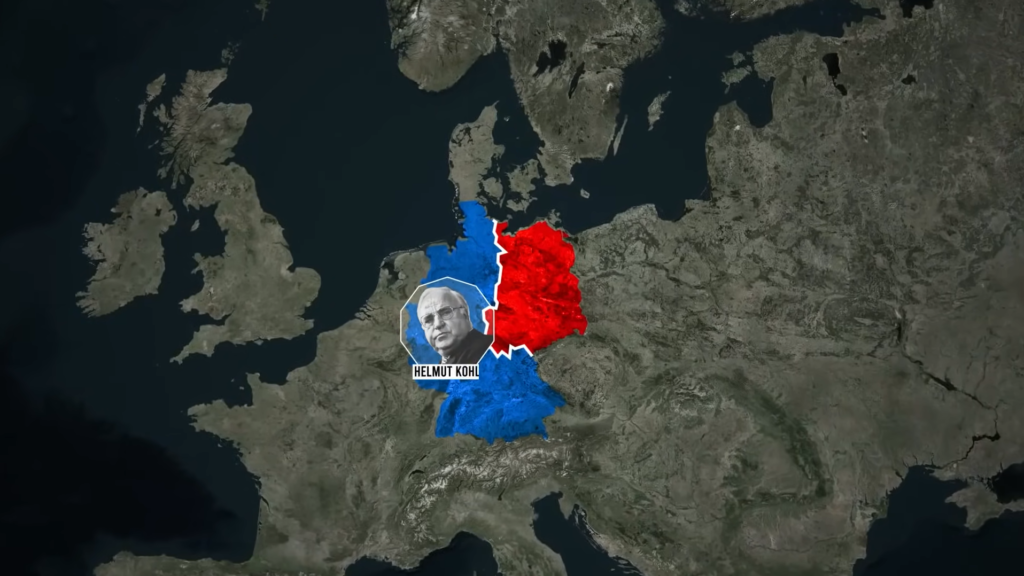Chapter of reunification in the history of Germany goes way back to 1990 and stands as one of the most remarkable events in modern history. After 28 years of division, the country emerged as a unified entity, overcoming immense challenges and historical baggage. From political opposition to economic disparities and social integration, the path to unity was full of challenges. However the history of Germany will be the witness that through strategic diplomacy, financial investment, and societal adaptation, Germany accomplished what many deemed impossible.
History of Germany’s Division
The division of Germany traces back to the aftermath of World War II. The Allied Forces, comprising the United States, Britain, France, and the Soviet Union, partitioned Germany into occupation zones, reflecting their differing ideologies and geopolitical interests. West Germany, under Western influence, flourished economically, while East Germany fell under Soviet control, enduring political repression and economic stagnation.
Challenges of Unification
The reunification process faced formidable hurdles. International opposition, especially from Western powers wary of a dominant Germany, hindered progress. Additionally, the stark ideological and economic differences amalgamated through the course of the whole history of Germany between East and West Germany presented significant obstacles. Yet, under the leadership of West German Chancellor Helmut Kohl, the nation embarked on a journey toward unity.

Diplomatic Endeavors
Kohl’s diplomatic efforts were instrumental in overcoming opposition to reunification. He garnered support from key allies, including the United States, while addressing concerns from France and Britain regarding German dominance. Kohl’s assurances, coupled with the crumbling Soviet Union under Mikhail Gorbachev, paved the way for a unified Germany.
Economic Integration
The economic integration of East and West Germany posed a huge difficulty considering the modern history of Germany. East Germany’s socialist economy required transformation to align with West Germany’s capitalist system. Financial transfers totaling around 2 trillion EUR were crucial in bridging the economic gap, alongside initiatives to modernize infrastructure and stimulate growth in the former East.
Social Adaptation
Beyond economics, social integration was paramount. The reunification brought together populations with divergent experiences and values. East Germans, accustomed to socialist principles of equality, faced challenges adapting to the competitive and consumer-driven society of the West. Efforts to address these disparities, including monitoring progress and offering incentives for development, continue to this day but considering the shaky history for Germany, it’s still a big win.
Achievements and Challenges
Despite the complexities, Germany’s reunification has yielded significant achievements. Economic disparities have narrowed, with East Germany’s GDP rising to 75% of the West’s by 2018. Quality of life improvements, rising wages, and internal migration gains underscore the progress made. However, challenges persist, including lingering social divides and perceptions of inequality.
Read More:- Cuba Faces Dire Times Amidst Blackouts and Shortages
Looking Ahead
As the history of Germany turns into present journey of unity, it confronts the task of further bridging the gaps between its eastern and western regions. While complete parity may remain elusive, ongoing efforts to foster economic growth, social cohesion, and political stability are essential. Germany’s success story serves as a testament to the power of diplomacy, resilience, and collective vision in overcoming division and building a stronger, more united nation.
In conclusion, Germany’s reunification stands as a testament to the triumph of hope over adversity. Through strategic leadership, diplomatic prowess, and concerted efforts, the nation overcame decades of division to emerge as a beacon of unity and prosperity in Europe.
Do you want to explore the world of Anime? Go to Pop Media Pulse
